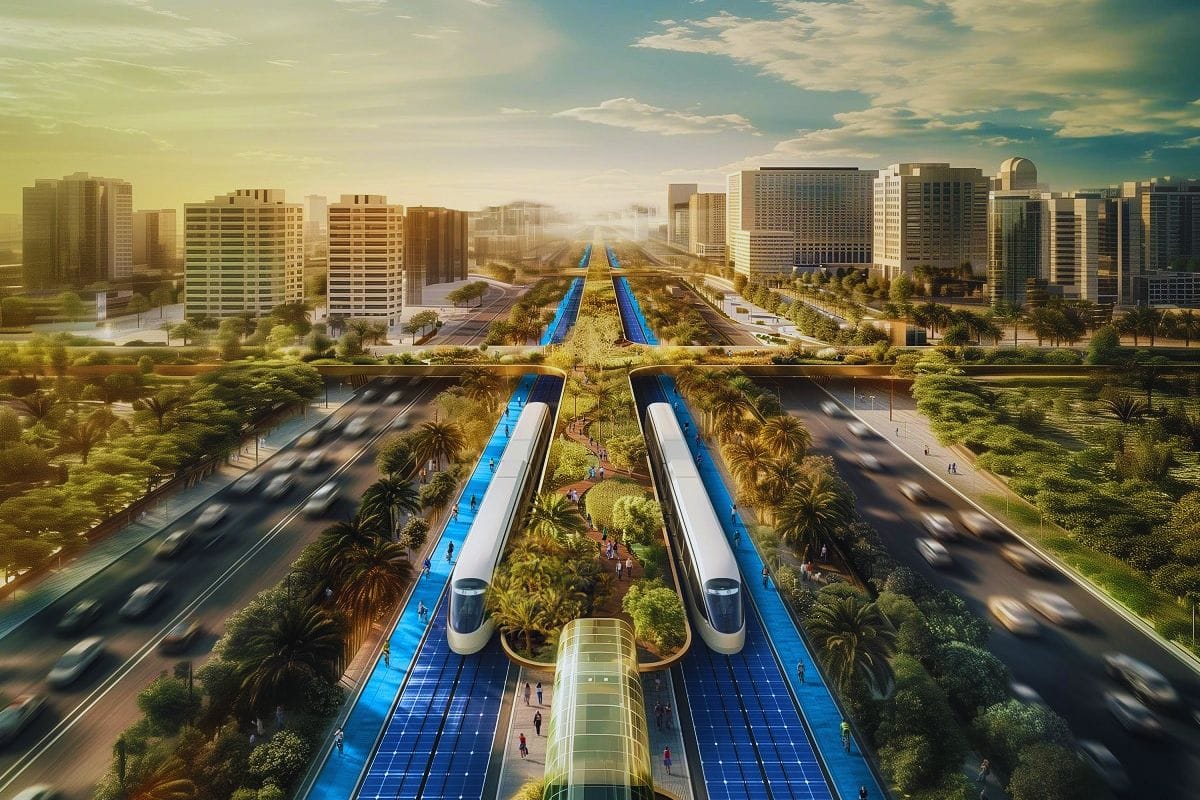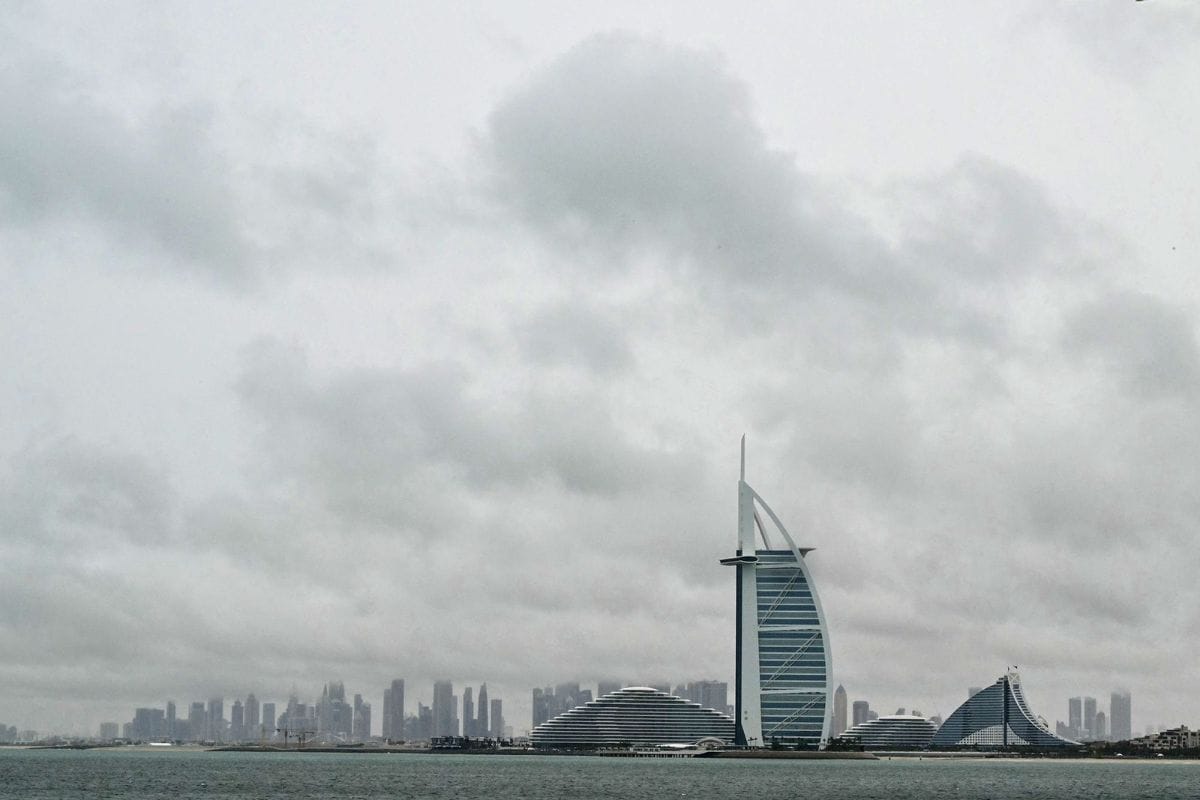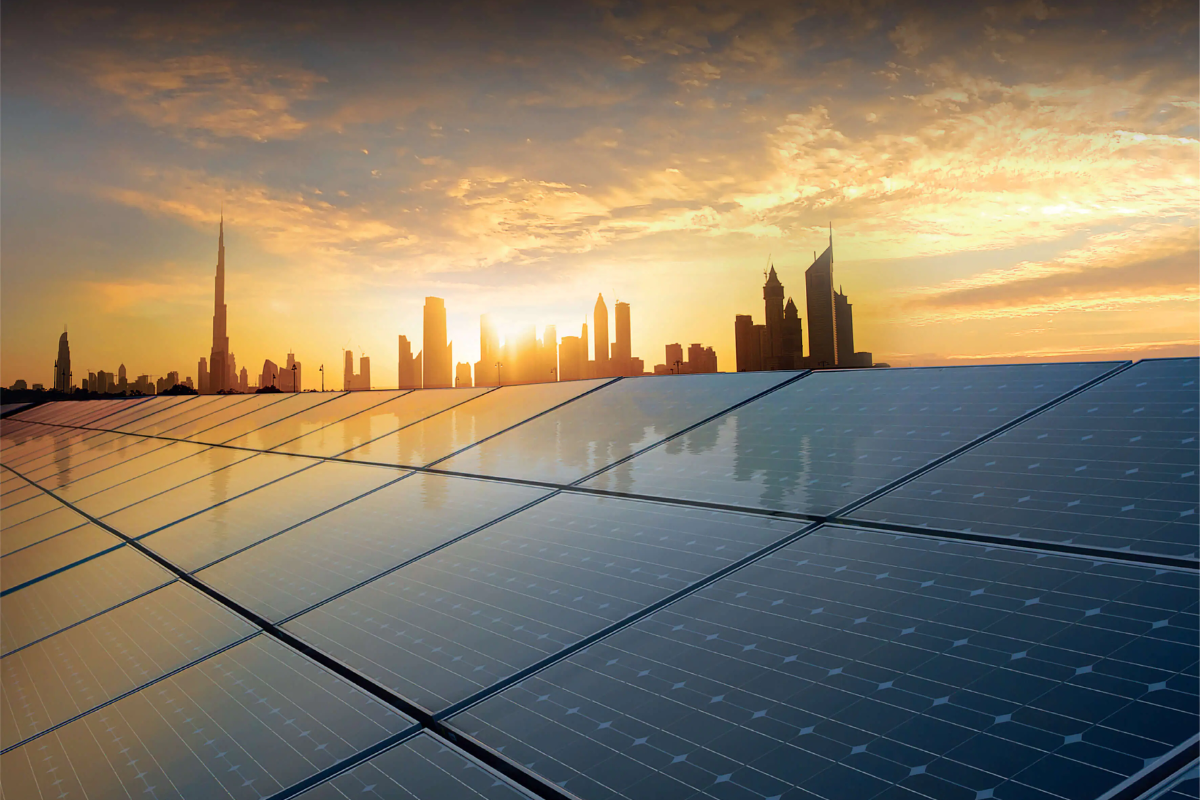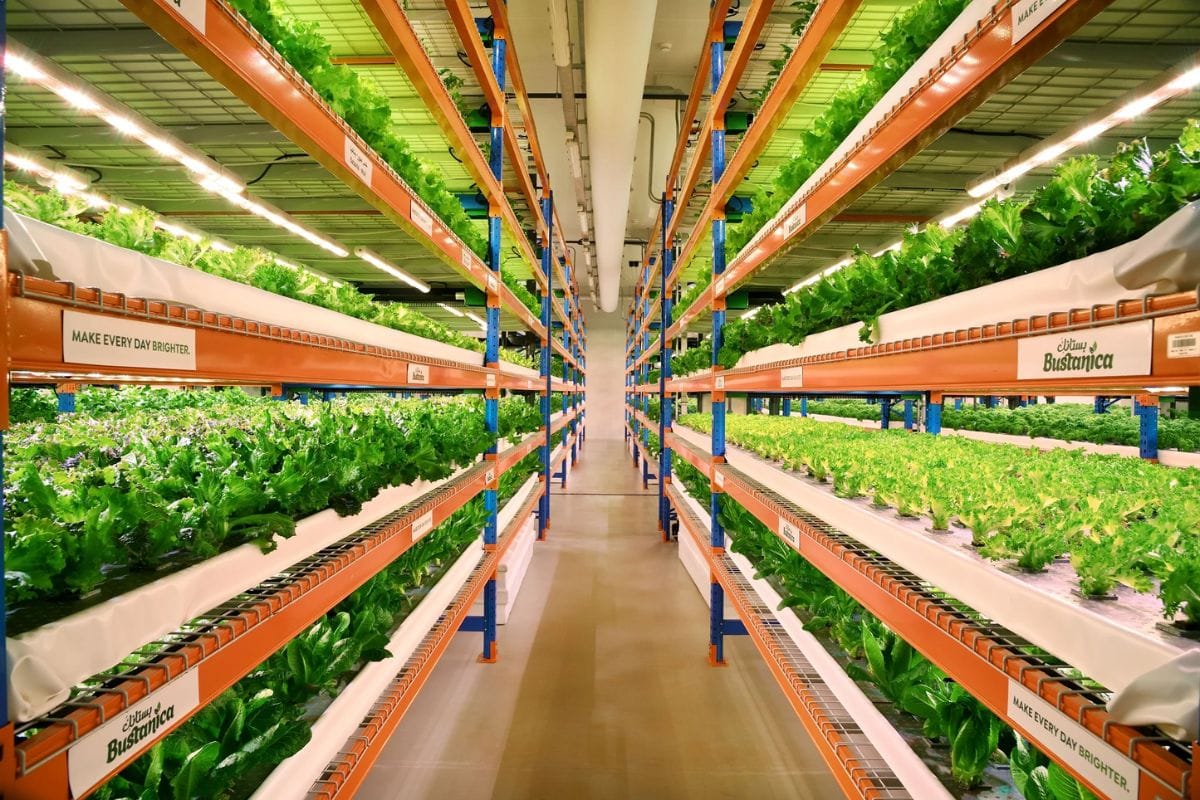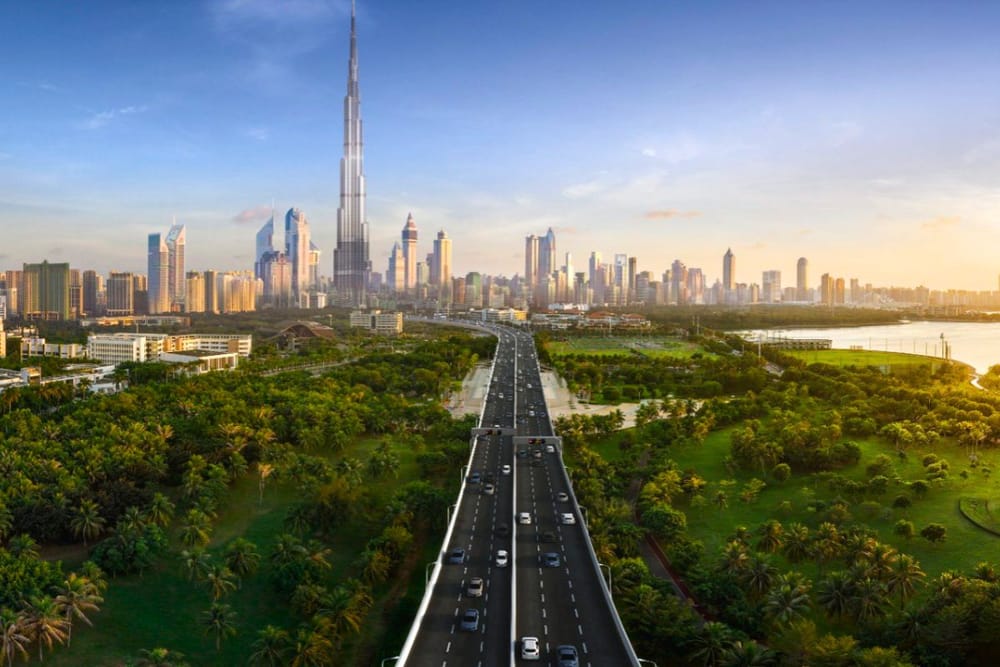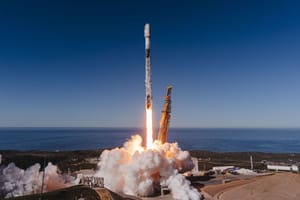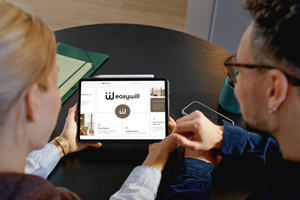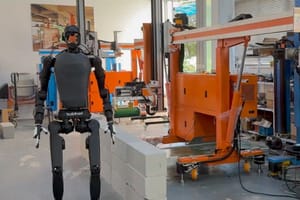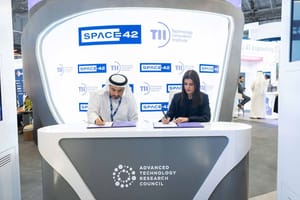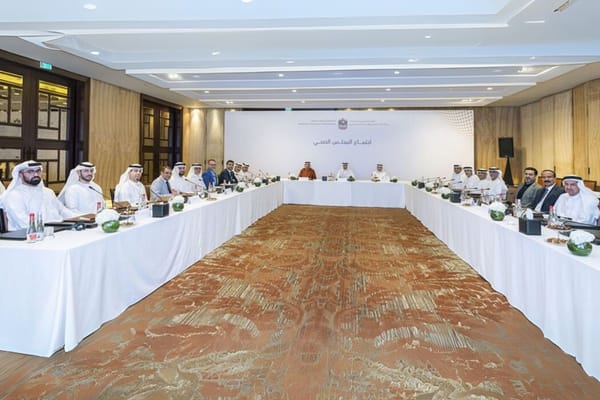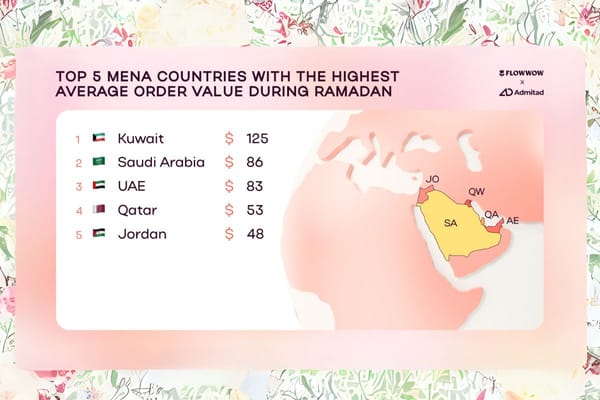Not long ago, most of Dubai was an open desert, dry, vast, and unforgiving. And while that landscape still shapes much of the city’s surroundings, there’s been a gradual shift underway. In between the built-up areas, green spaces are beginning to take root—parks, shaded walkways, nature reserves, and gardens that quietly soften the edges of an otherwise arid environment.
Creating greenery in a region with minimal rainfall and intense summer heat isn’t simple. It’s a slow process, shaped by careful planning and a growing awareness of the land’s natural limits. With increasing pressure from climate change and urban expansion, finding sustainable ways to introduce more green space has become a clear necessity.
This is where AI and biotechnology are starting to make a difference. By helping monitor soil conditions, guide water usage, and support plant growth in dry areas, these tools offer new possibilities, not to reinvent the desert, but to coexist with it more thoughtfully.
Let’s explore how Dubai is applying science to something that once felt out of reach and why it matters more than ever.
Why Greening the Desert is a Priority
Dubai’s connection to its surroundings has always been shaped by the desert, its challenges, its limitations, and its quiet resilience. As the city continues to grow, there’s a greater need to consider how that land can be protected, softened, and made more livable.
Green spaces help lower urban temperatures, offering a cooling effect in areas packed with buildings and infrastructure. With long summers and intense heat, even modest green additions can improve comfort for those who walk, work, and live in the city.
They also contribute to cleaner air, filtering out dust and reducing airborne pollutants. In a fast-developing city, these subtle improvements in air quality can make a real difference over time.
Beyond the environmental value, greenery supports daily life in a quieter way. Parks and natural trails give people space to unwind, breathe, and take a break from fast-paced routines. In places where indoor life often dominates, these outdoor spaces become small but meaningful escapes.
Restoring native plant life also opens the door for wildlife to return, encouraging a more diverse and sustainable ecosystem. Even limited greenery can act as a starting point for something larger and more lasting.
Bringing nature into the city is part of creating a healthier, more balanced future.
Using AI to Reclaim the Desert
Turning desert land into usable green space requires water, willpower and most importantly precision. That’s where AI is making a noticeable difference. In recent years, Dubai has started using artificial intelligence to make better, faster decisions about how, where, and when to green the land.
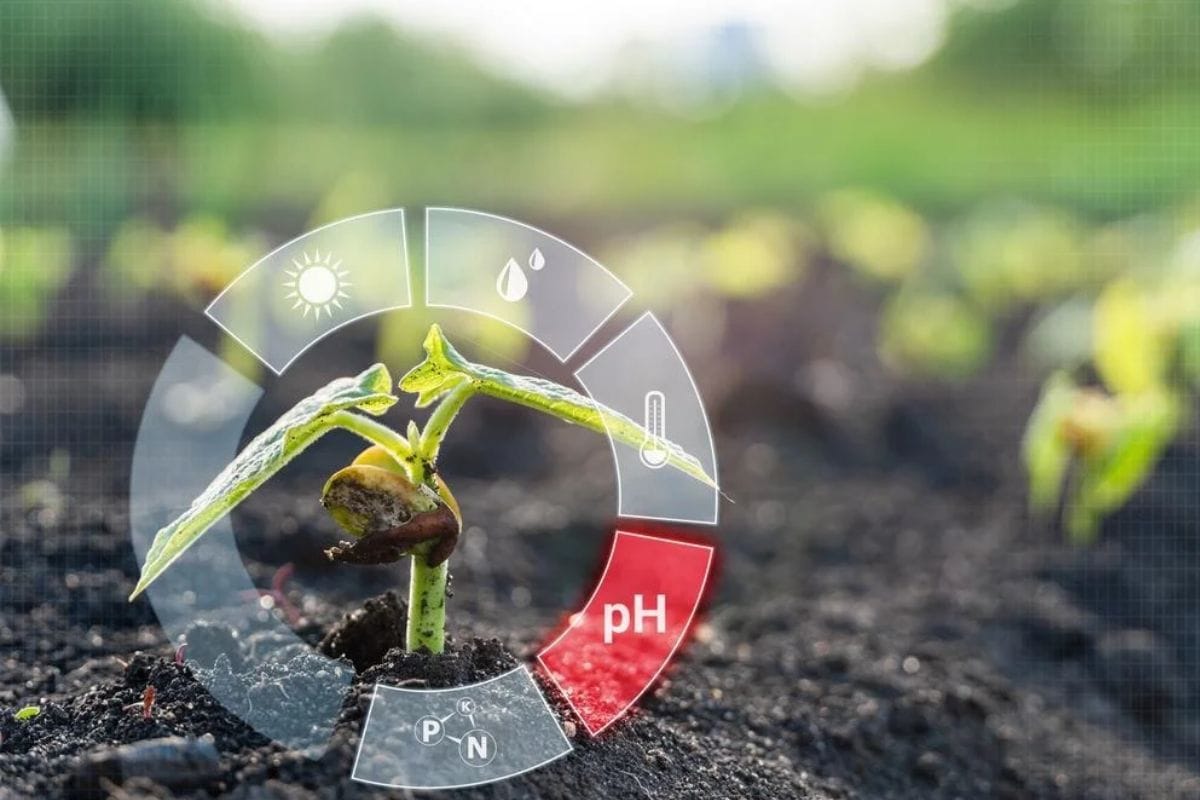
AI-powered systems help analyze soil quality, temperature, and moisture levels across large areas. Instead of relying on guesswork, these tools allow urban planners and environmental teams to understand which parts of the land are most suitable for planting and what kind of vegetation will survive best in each zone.
Irrigation is another major area where AI plays a critical role. Smart irrigation systems use real-time data from sensors placed in the soil to monitor moisture levels, adjust watering schedules, and prevent water waste. In a region where every drop counts, this kind of control is essential.
AI is also used in predictive climate modelling, helping forecast how green areas might respond to changes in temperature, rainfall patterns, or human activity. This allows for long-term planning that goes beyond planting and into how the space will evolve over time.
In large-scale projects like the Dubai 2040 Urban Master Plan, AI supports everything from layout design to monitoring progress, ensuring green development fits smoothly into the city’s growth without overwhelming resources.
Even drone technology, often used for agriculture elsewhere, is being explored for planting seeds, spraying nutrients, and surveying hard-to-reach terrain—reducing both time and labour in large desert zones.
With AI, the process of reclaiming land becomes less about trial and error, and more about targeted, sustainable action.
The Role of Biotechnology in Growing Green
While AI helps decide where and how to plant, biotechnology focuses on what can actually survive and thrive in desert conditions. In Dubai, where traditional crops and plants struggle with heat, salinity, and poor soil, biotech offers a way to work with nature rather than against it.
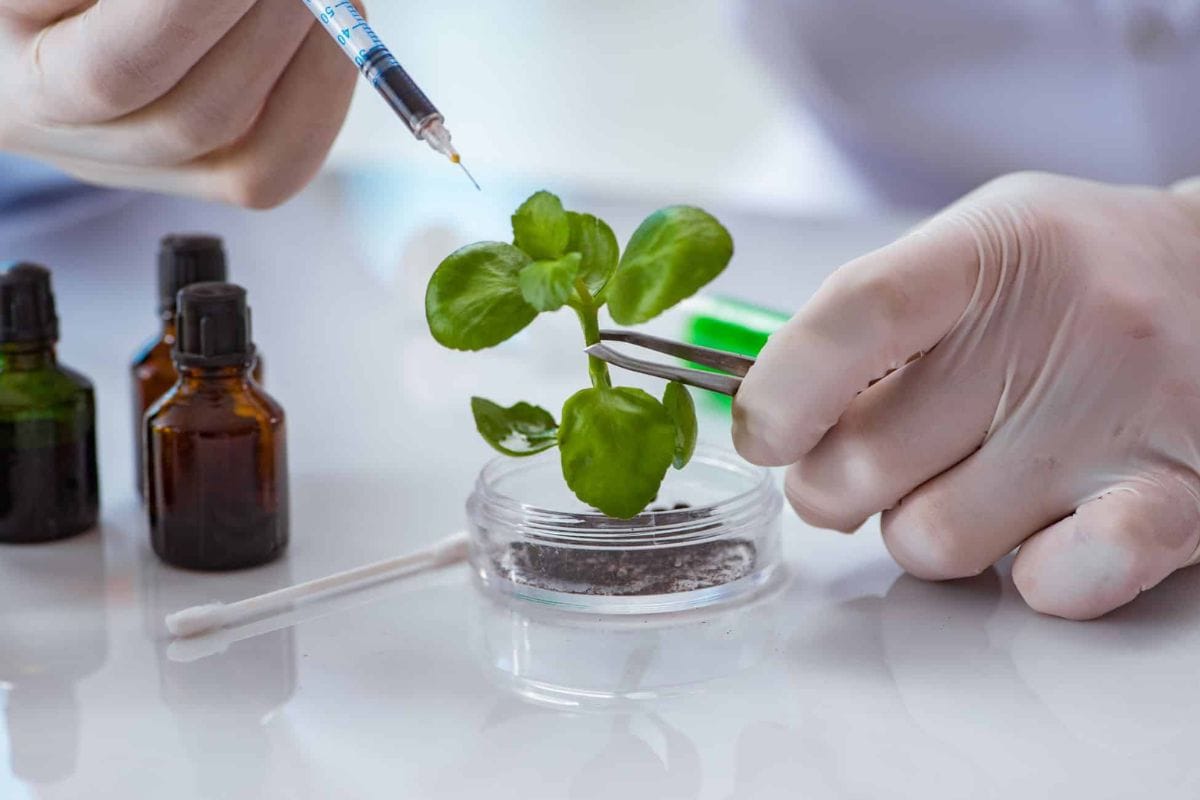
Scientists are developing and using salt-tolerant plants—varieties that can grow in brackish or treated wastewater, reducing the strain on freshwater sources. These plants are not genetically modified in the controversial sense but are often selectively bred or naturally adapted to harsh conditions.
Soil health is another major focus. The desert lacks organic matter, which makes it difficult for roots to take hold and for nutrients to circulate. To change that, biotech researchers are introducing biofertilizers and microbial treatments—natural organisms that improve soil fertility and water retention without relying on chemical inputs.
There’s also growing interest in hydroponic and aeroponic systems for public landscaping and urban agriculture. These methods use far less water and can grow plants vertically or in controlled environments, making them ideal for areas with space and resource limitations.
In some conservation areas, biotechnology is being used to restore native plant species, which in turn attract pollinators, insects, and birds back into the ecosystem—slowly rebuilding a natural balance.
These innovations aren’t experimental—they’re already in use across government-led pilot projects and research partnerships. The goal isn’t to make the desert something it’s not, but to help it support life in a way that’s resilient, efficient, and sustainable.
Green Projects Already Underway in Dubai
Dubai’s efforts to bring greenery into the desert aren’t just plans on paper—they’re already visible across the city. Several large-scale projects are actively blending technology, sustainability, and long-term planning to expand green areas in ways that make sense for the environment.
Al Marmoom Desert Conservation Reserve
This is one of the UAE’s largest unfenced nature reserves, covering around 10% of Dubai’s total area. It’s home to native wildlife, migratory birds, and rare desert plants. AI is being used to monitor wildlife movement, track plant health, and manage water usage in designated green zones. Biotech efforts include soil enrichment and restoration of native vegetation, helping preserve the reserve's delicate ecosystem without artificial interference.
The Green Spine Project
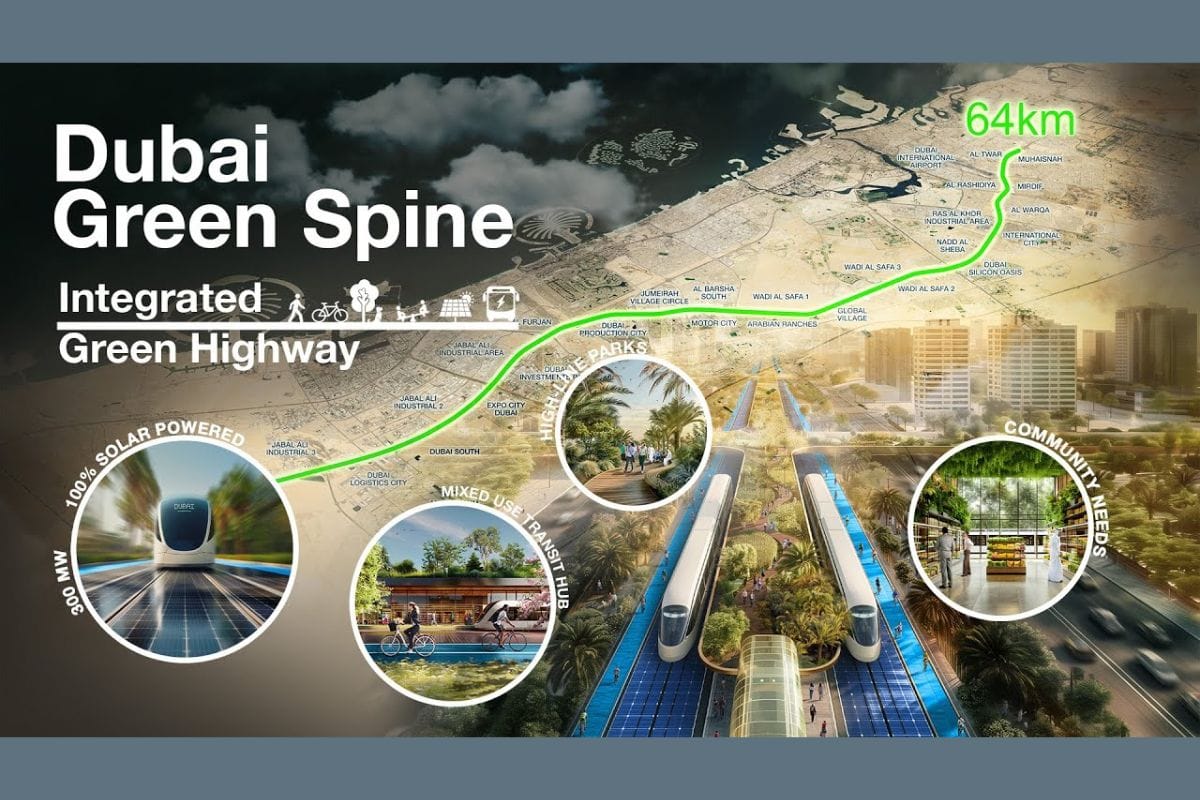
As part of Dubai’s wider urban development vision, this initiative focuses on creating long, connected corridors of green space through urban areas. These aren't just decorative—they’re designed to improve air quality, offer shaded walking paths, and reduce heat. AI helps with climate modeling, wind-flow analysis, and tree placement, while biotechnology ensures that chosen plant species are low-maintenance and climate-resilient.
Dubai 2040 Urban Master Plan
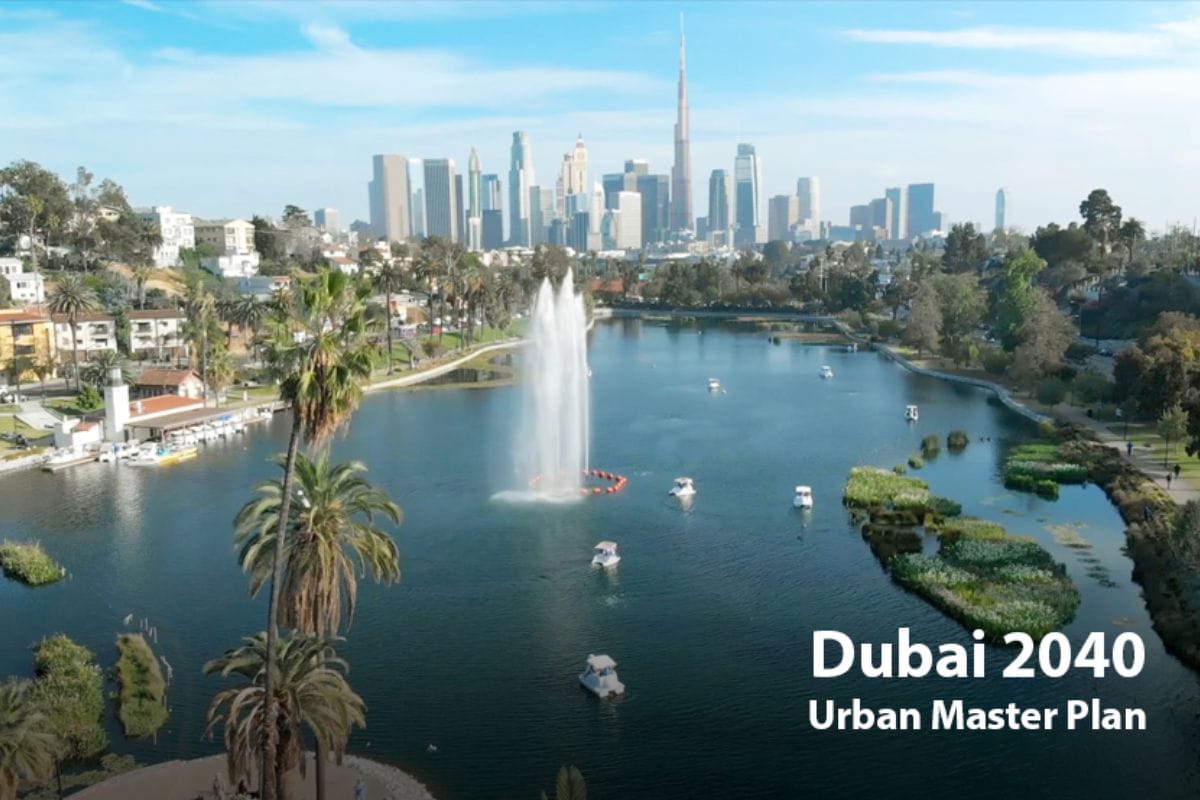
This plan commits to doubling the amount of green and recreational spaces across the city. AI is central to its execution—from mapping land use and tracking progress to integrating green spaces with transportation and infrastructure. Biotech plays a behind-the-scenes role in selecting plants suitable for different zones, enhancing urban farming efforts, and creating greener residential and commercial districts.
Desert Reforestation Trials
In select areas on the outskirts of the city, Dubai has started experimenting with desert forestation using drone-based seed dispersal, AI-controlled irrigation, and biotech-enhanced soil. These pilot projects are small but symbolic, showing what’s possible when nature and technology collaborate.
Together, these projects reflect a larger shift—one where green space are treated not as an afterthought, but as a critical part of the city’s infrastructure. With the help of AI and biotechnology, Dubai is learning how to introduce nature into the desert in a way that is smarter, more efficient, and far more sustainable.
Challenges in Greening the Desert and How Tech Helps Overcome Them
Turning desert land into green space comes with its share of difficulties and they go far beyond just planting trees. Dubai faces some of the harshest environmental conditions, and even with the best tools, some limits must be worked around.
Water Scarcity
One of the biggest challenges is the availability of water. With little natural rainfall, sustaining greenery in the long term is difficult. AI is helping reduce waste through smart irrigation systems, while biotechnology is making it possible to grow salt-tolerant plants that don’t rely on freshwater. In some projects, treated greywater and recycled water are used for irrigation, supported by AI to monitor usage efficiently.
Poor Soil Quality
Desert soil lacks the nutrients and organic material needed for most plants to survive. Biotechnology addresses this through biofertilizers and soil microbes, which improve fertility and help plants grow stronger roots. Some areas are also experimenting with engineered soil blends that hold moisture better and support long-term planting.
Extreme Heat
High temperatures, especially during summer, limit planting seasons and stress even hardy vegetation. AI tools help by forecasting heat waves, managing plant hydration cycles, and choosing optimal planting times. Some biotech solutions involve identifying or breeding plants that can tolerate longer exposure to heat and sunlight.
Maintenance and Sustainability
Caring for large green areas in an arid environment can be labour-intensive and costly. Here, AI contributes by automating landscape management, flagging problem areas early, and reducing human oversight. Combined with biotech’s low-maintenance plant varieties, these systems make green spaces easier to maintain in the long term.
Dubai’s approach is less about trying to control the desert and more about understanding its limits and working within them with the help of tools that make each drop of water and each square meter of soil count.
A Look Ahead: What This Means for the Future of Desert Cities
What’s happening in Dubai isn’t just relevant to the UAE—it’s being watched closely by other cities facing similar challenges. As climate concerns grow and populations expand, the question of how to create greener, more liveable environments in extreme conditions is becoming increasingly important.
Dubai’s approach shows that with the right mix of technology, long-term planning, and environmental awareness, even the most unlikely places can become more balanced and sustainable. Green spaces don’t just improve daily life—they reduce heat, support biodiversity, and contribute to healthier communities.
The lessons being learned here—through AI-led land mapping, biotechnology in agriculture, and urban design that prioritises nature—could shape the way other desert cities across the Middle East, Africa, and beyond approach their own environmental goals.
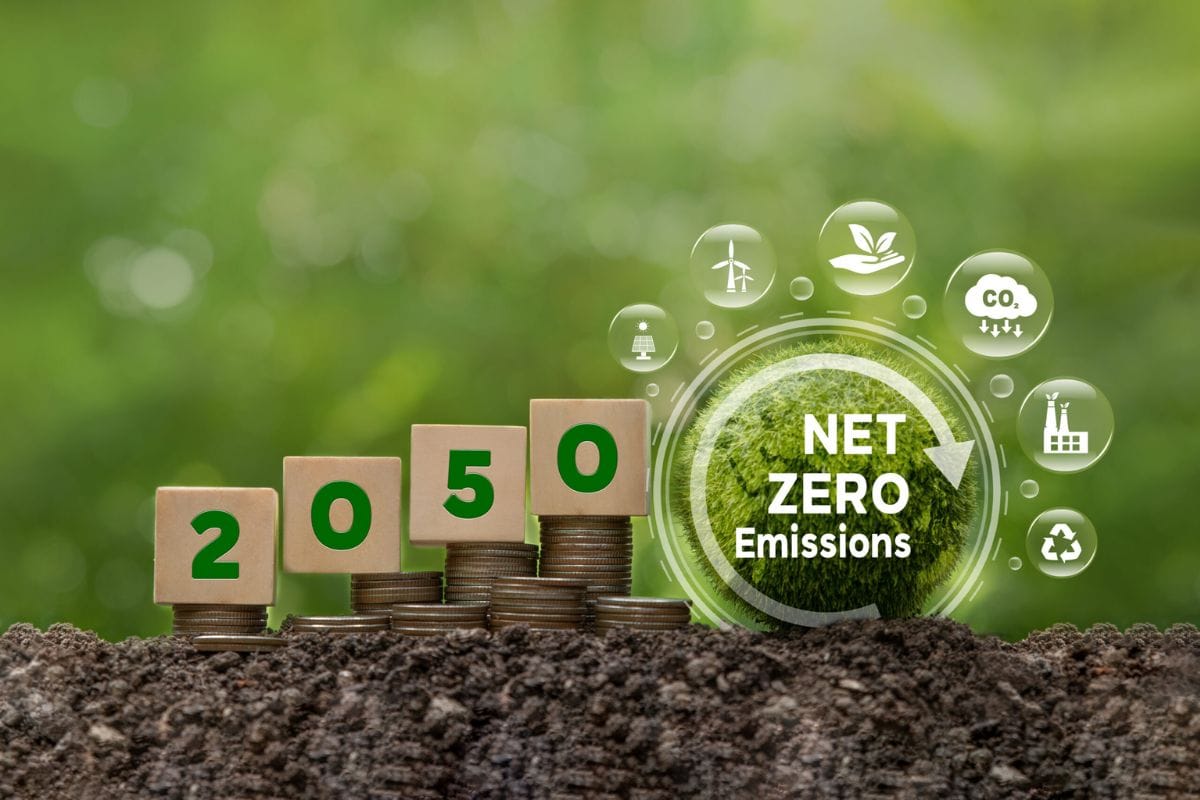
It also aligns with the UAE’s wider climate strategy, including the Net Zero by 2050 commitment and the country’s role in global environmental discussions like COP28. What began as an ambitious goal is gradually becoming a model: one where green doesn’t have to mean fertile soil or perfect weather—it just needs the right mindset and tools.
As more cities face the pressures of heat, water shortages, and dense urban living, Dubai’s experience could become an example of how innovation and ecology can move forward together.
Dubai’s green spaces may seem like small patches against a vast desert, but each one represents a shift in how the city approaches growth. Instead of forcing change, it’s using science to make better choices, ones that work with the environment rather than against it.
AI helps the city understand where to act. Biotechnology makes those actions more effective and resilient. Together, they’re shaping a future where greenery isn’t limited by geography, it’s supported by knowledge, design, and long-term thinking.
As these efforts expand, Dubai is offering a quiet example of what’s possible when ambition meets patience and when technology is used not to conquer nature, but to live more wisely within it.
Also Read:
